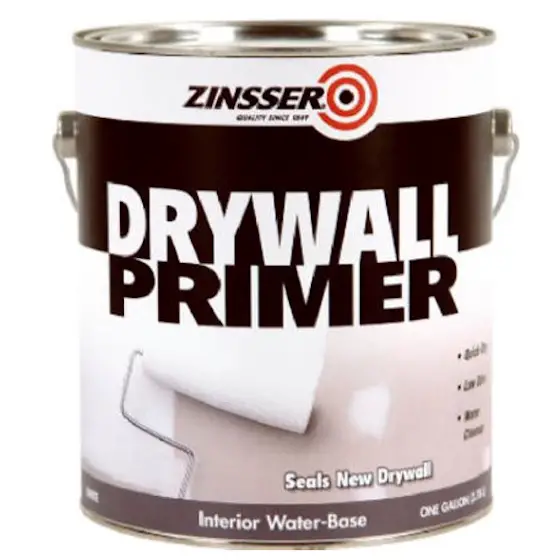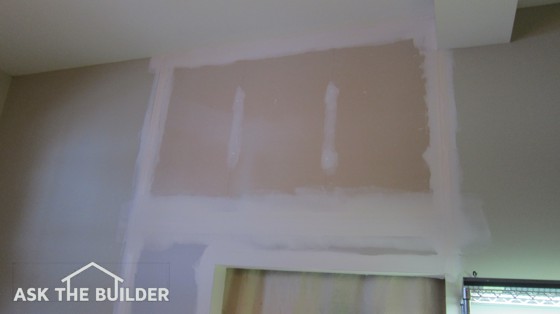Communication breakdowns between homeowners and contractors happen on a minute by minute basis throughout the world each and every day. The tension that results can tear apart marriages and ruin relationships for a very long time. The common ground in the dispute between the parties is always the same: the loss of money! The homeowners almost always think they are getting less value than they bargained for and the contractor is thinking that ANY extra work or materials means less profit. You need to understand the psychology of situations to be able to react well when they happen.
Going Sour
A job can go sour for any number of reasons. If it is your house or room addition job you need to be concerned. Your hard earned money is at stake as well as potential future liabilities if and when you sell your home. What am I talking about? Many, if not all, states have property disclosure laws. If you know of defects in your house you must disclose them to a future purchaser. Accckkk! This means that you cannot allow a contractor to make a mistake. If they do make one, and you know about it, then someone must fix it. Why should you pay twice to have work done? Get the point?
Trust
I estimate that probably less than 10 percent of the builders and sub-contractors out in the work force are absolutely excellent workers that require no supervision. These people take enormous pride in their work and they will correct their own mistakes without any input from you. That is assuming they discover the mistake before you happen to. Even if you find it first, they will never put up an argument and will fix the error in a timely fashion with no whining. So what happens if you are working with someone whom you can't entirely trust? If you have any sensation of mis-trust then you have probably made a mistake by hiring them in the first place. If it is too late, then you must start the documentation process.
The Spoken Word
This is quite possibly the largest mine field in communications. You have a conversation, promises are made and then things don't happen the way one or more of the parties want them to. Had there been a recording of the conversation, at least there could be no argument over what was said. It is hard and often uncomfortable to tape record conversations. There is a powerful alternative.
Sixteen years ago an old banker taught me two tricks in one. I must say they work. You are in a meeting. You would like something done by a certain time. Instead of you saying, "Hey, I want my kitchen job completed in the next 3 weeks." Try this: "Is it possible for you to complete my kitchen job in the next three weeks?" If the contractor says, "Yes", then you are set. If he says, "No" then you might say, "I was hoping to get it done sooner. Is there any way this can happen?" If you finally get the date you want you STOP the conversation and write down these notes on a legal pad in front of you. The pause in the conversation is powerful. Believe me, the contractor SEES you writing this down. He makes a mental note that tells him that you will not forget what he said. If you do this same thing with all of the important points of each verbal meeting you have, your notes will be a life saver. To take it to the next step, you need to summarize the notes in writing after each meeting and send a copy to the builder.
Some folks hate it. Email is a wonderful tool! Why? It is a written record already! TRY to communicate important points via email with the builder. Print them out. Save the written responses in a file should you need them later. Save all of them on a disk as well.
Paper Trail
If you ever have to get into the legal system, an excellent paper trail of events will save you. Letters, photos, emails, etc. are what you need. KEY on building code violations. You will ALWAYS win on these issues! How do you best spot building code violations? You need to buy a copy of the current code. You can get one or find out how to get one by contacting your local building department. They normally cost between $35 and $50. The best $$ you can spend!
Column B340


